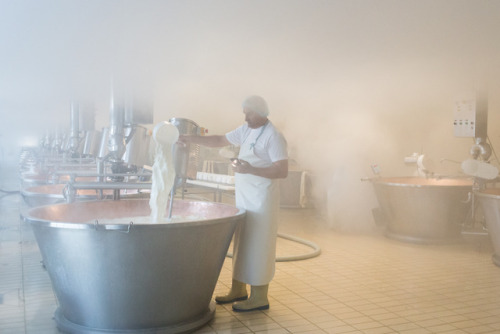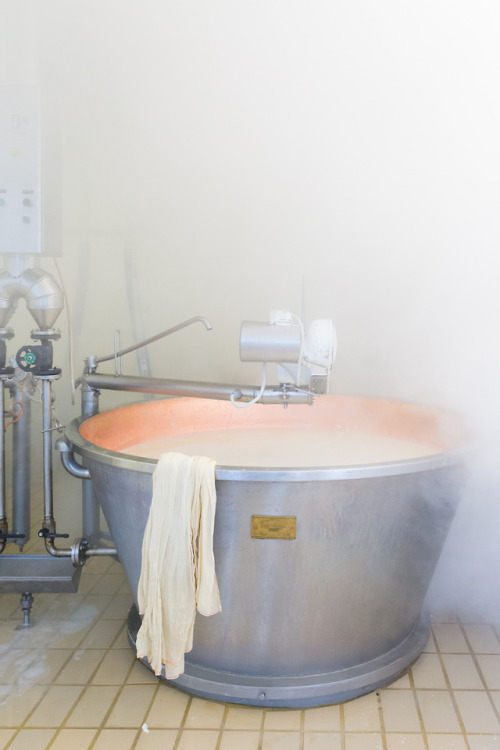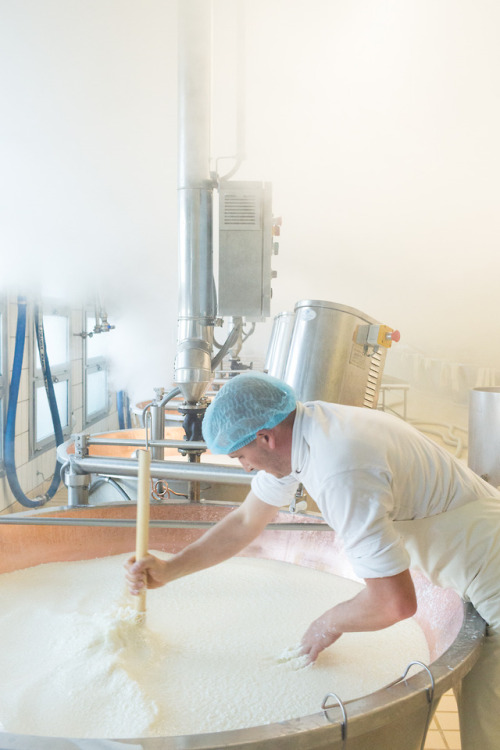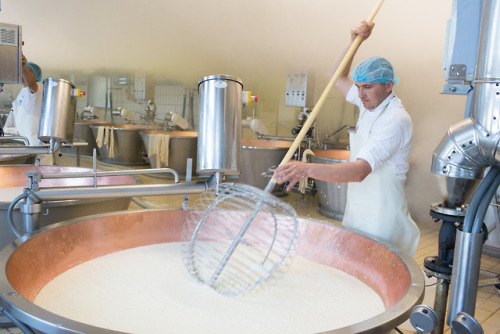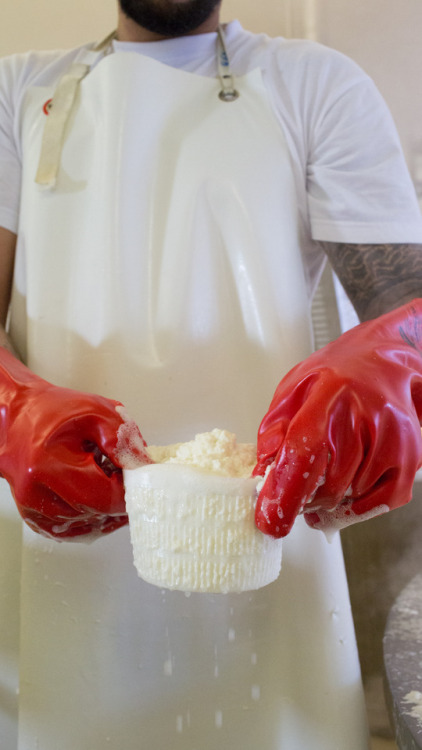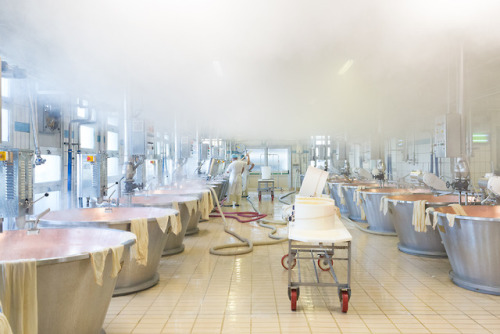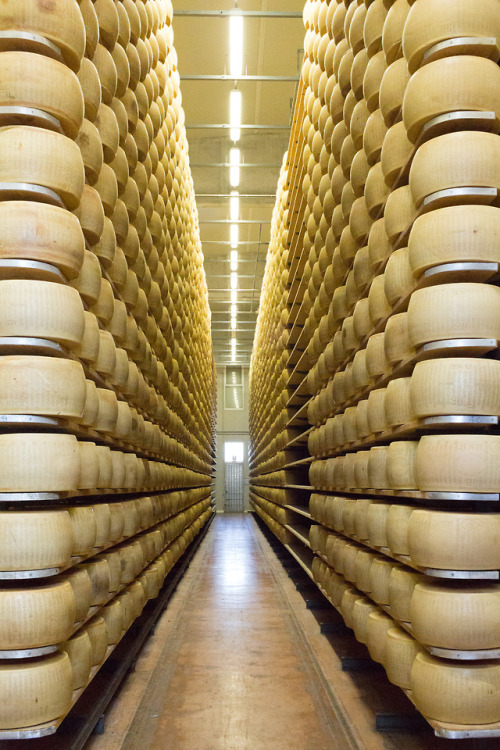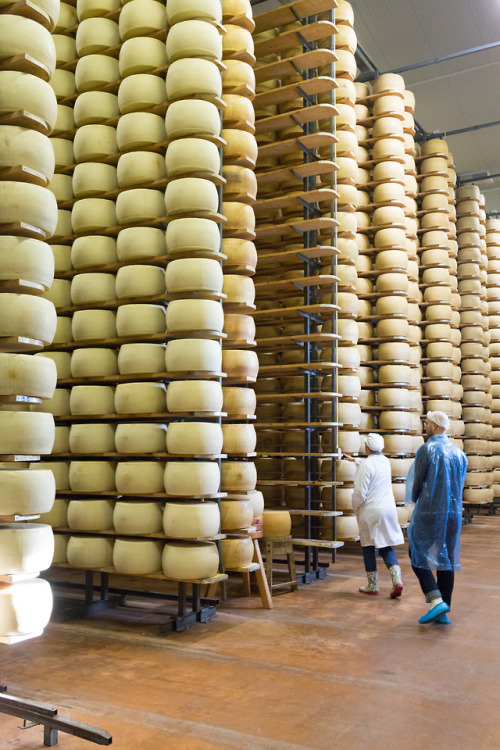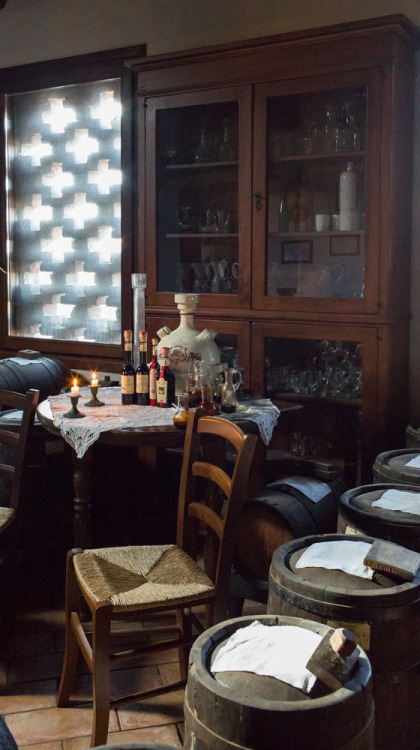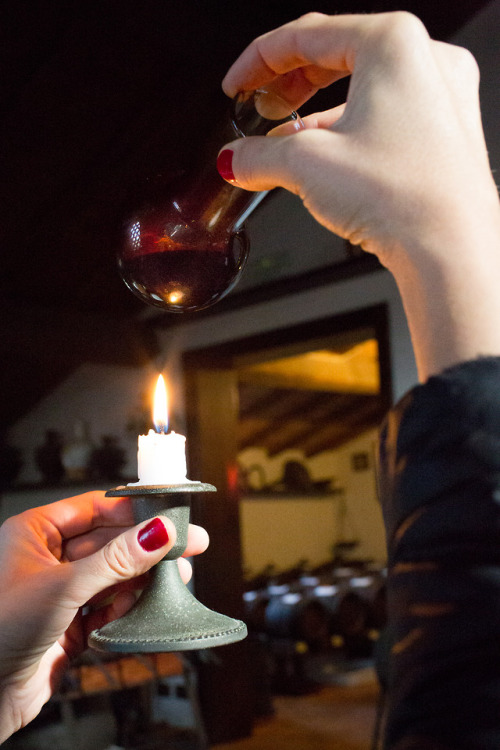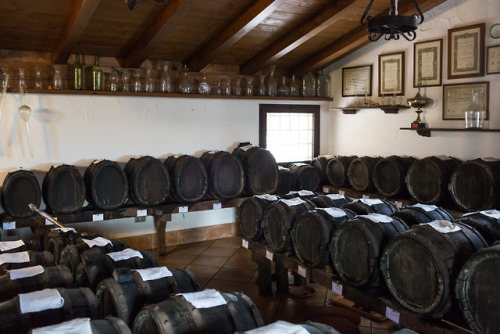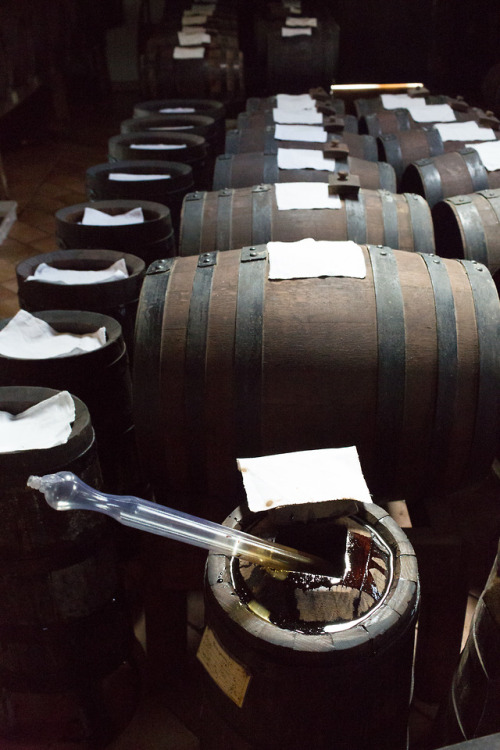#destinationitaly
A Parmigiano Steam Bath
Location: Castelnovo Sotto, Italy
While count ourselves amongst the world’s most passionate lovers of the salty, crystalline, cheesy wonder that is Parmesan, we must admit, we didn’t really know much about how it was made until we found ourselves in a dairy steam bath just outside of Parma. Stepping inside Latteria La Grande in Castelnovo Sotto was in instantaneous education. Our trusty guide, Anne, would show us how the cheese is made from milk to wheel.
Latteria La Grande is a coop, where milk from surrounding farms is sent to be made into D.O.P. Parmegiano Regianno. That label is highly protected, and designates that the cheese has come from this very particular area in Northern Italy. We can all conjure the image of the brail-like writing on the rind of a nice hunk of parm, but did you know that was the in effect, the cheese’s birth certificate? It tells those in the know where the milk came from, where the cheese was made, and what grade it received from the Parmesan experts.
The factory is dense with steamy fog, billowing off copper cauldrons of fresh, local milk. Cheesemakers whisk and mix the milk, adding whey to cause the milk to curdle. Those curdle are allowed settle on the bottom of the conical copper vats, into a piece of cheesecloth. The solids are lifted up, a task requiring Olympic strength, already in bound together in one solid form. That form is cut in half with an impressive knife, and then the cheese is pressed into spring form molds. At this point, we just have a soft cheese, but after about a month submerged entirely in a bath of salty brine, the moisture is drawn from the wheel, and it is ready for aging.
Skipping the halls of the Latteria is a pleasure we can only hope you someday come to know for yourself. Rows and rows of delicious cheese from floor to celling, and a scent that actually reminds one more of blue cheese than parmesan. Anne shows us how each wheel is tested after one year of aging, knocking on one with a tiny brass hammer. She listens, perching her ear close to the majestic wheel. She can hear the density of the cheese, how consistent the texture is, and can predict how much time it needs to age. And finally, we have a chance to taste the cheese at its various stages of aging, from one year to three years. We notice the increase in crystals and complexity over time. And of course, we buy a hunk of each one.
Post link
A Visit To A Four Generation Old Acetaia
Location: Modena, Italy
Leonardi Balsamic Vinegar, founded in 1871, is one of the largest producers making D.O.P. balsamic vinegar in the Emilia Romagna region of Northern Italy. When I arrived, it was early Fall, and the Lambrusco and Trebbiano grapes were long gone from the vines. We felt the changing of the seasons, a crucial aspect of the life of vinegar. In Modena, humid, hot summers, great for fermentation, are followed by cold winters, a time when the vinegar cultures get some much needed dormancy. Vinegar is placed in barrels and stored in the attic, windows open to the elements, welcoming that shock in temperature come winter.
Leonardi is a closed loop system – the grapes are grown here, and pressed immediately. Unlike wine, the skins are not used in the making of vinegar, but there are more than enough people in this area willing to take the skins of their hands. The skins are used to make the Italian liquor grappa. Unlike wine, the barrels are never changed out, but passed down to the next generation as a priceless heirloom. The older the barrel the better. As we walk down the dark aisles of mysterious vinegar production, we see labels that reach back to the 17th century. The barrels ooze with sticky black sweetness, arranged in a particular sequence of diminishing size, and varying wood varietals. This set is called a “battery,” and it is definitive of the balsamic process. As the vinegar reduces each year, and is transferred slowly from the largest barrel down to the smallest, to be topped off with fresh grape must from the newest harvest, and bottled at the end of the line.
The process is one that connects generations. A bottle of vinegar will have been started by grandpa, and bottled by grandchild. This is a four generation old business, a living breathing practice that defines this place, and its people.
Post link

